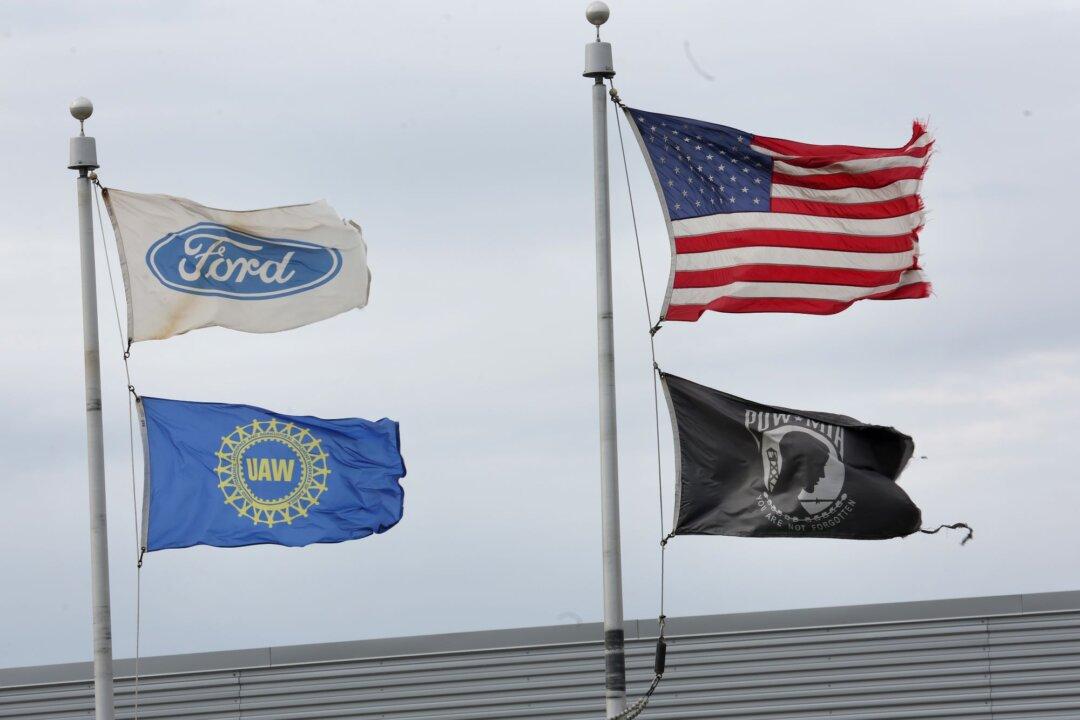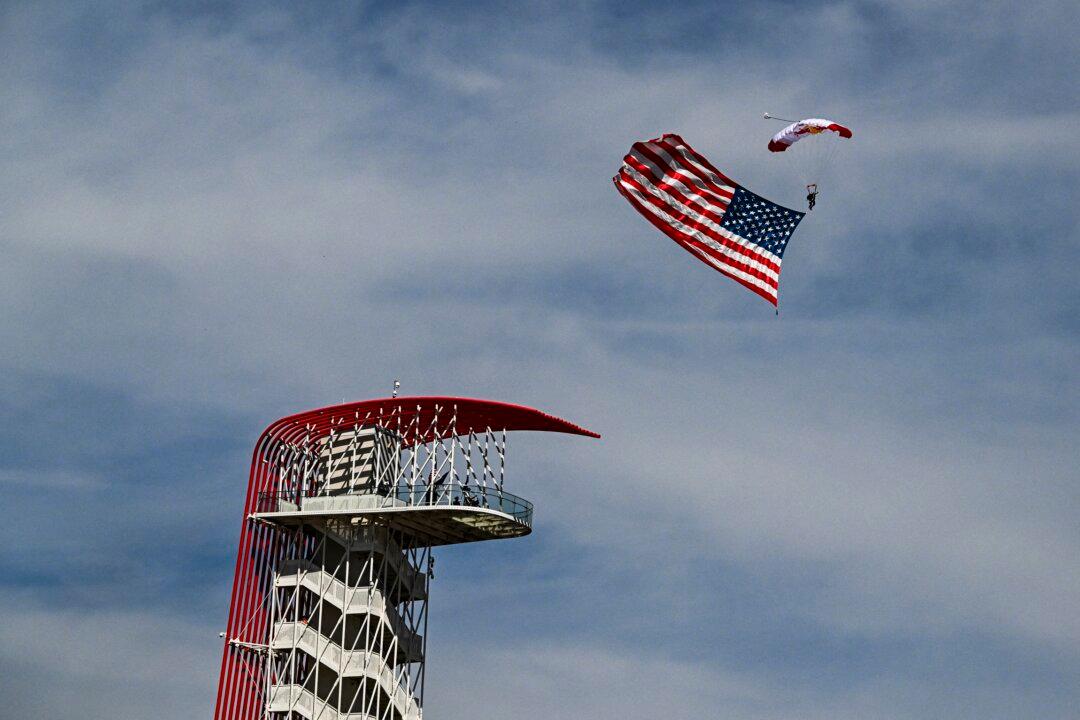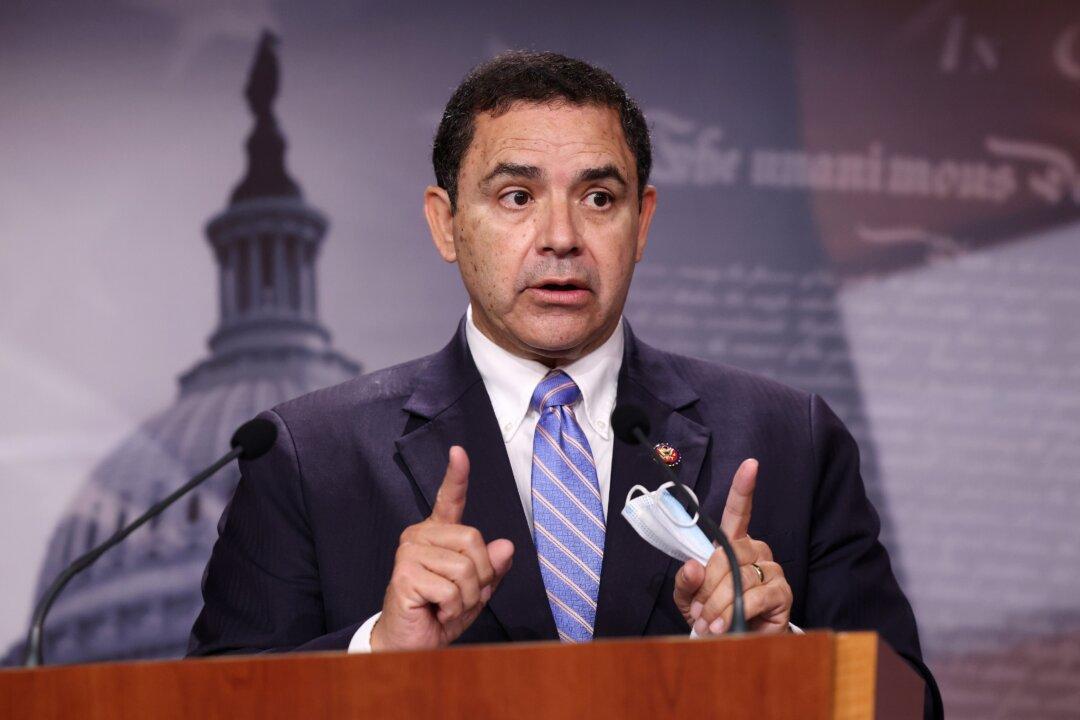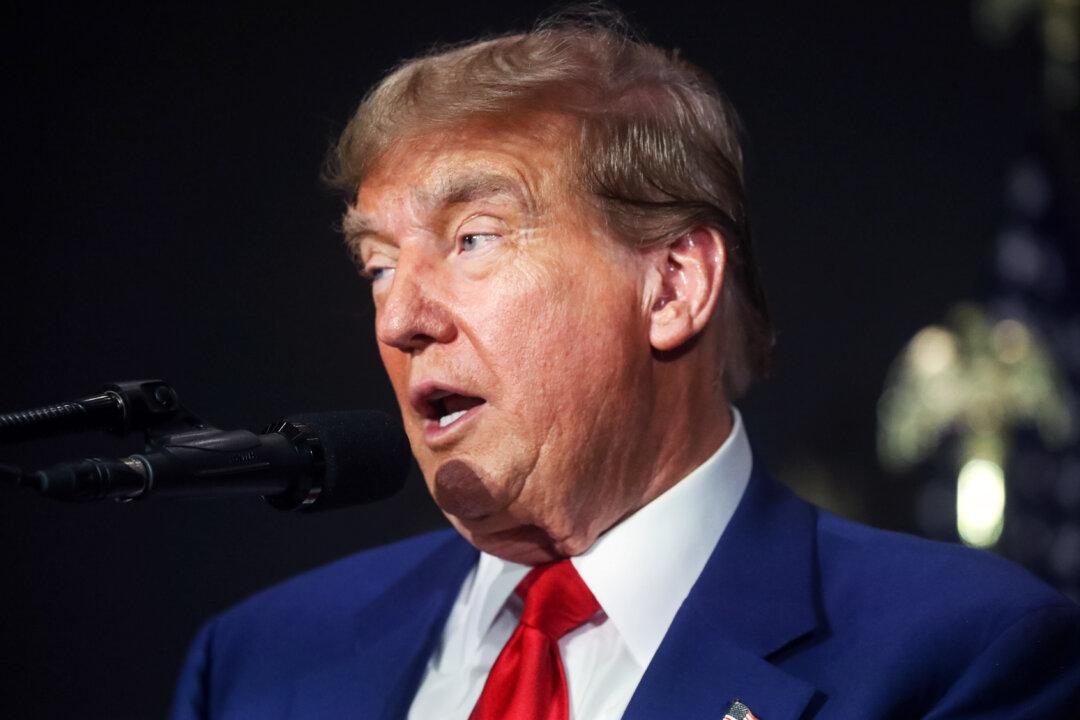Tentative deals between the United Auto Workers (UAW) and Ford, GM, and Stellantis ended a six-week strike against the three major automakers that has been described as a “historic” win for the union—but there has been some debate about how the agreements will impact the auto industry and consumers.
“The D3 [Detroit Three] will be under enormous pressure to find new ways to cut labor costs. Over time they might increase production in Canada or México. They might introduce more automation and robots in their plants,” automotive industry expert and founder of Autoline John McElroy told The Epoch Times.





